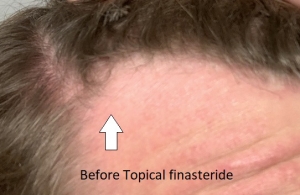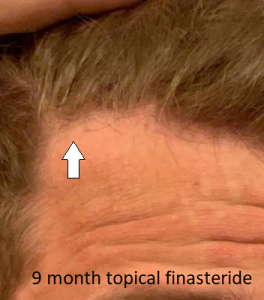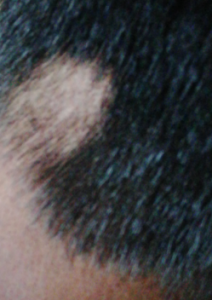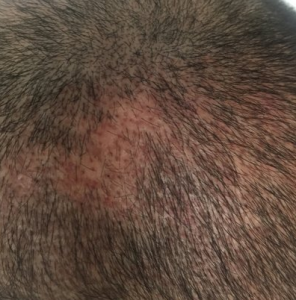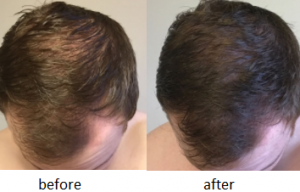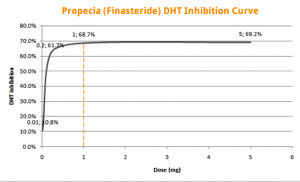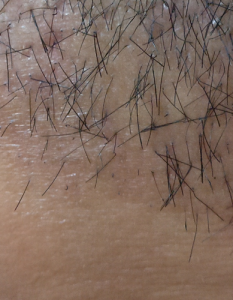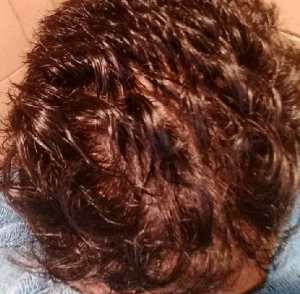I’ve done a lot of research on here. I love how I’m not the only one dealing with this. Father went bald at 22 and my grandfather is bald as well.
I noticed hairloss around my sophomore year of highschool. Pretty mild crown bald spot. Had a person come tell me my crown had no hair and that I should move it. Little did I know there was nothing to cover the spot with.
I have very curly hair from my mothers side. I took a lot of her genes from some reason but it seems like the big gene I took from my father is hairloss. Around a year ago I started to use Shea moisturizer curling cream since again I have curly hair. I didn’t realize that the curling moisturizer itself was doing something to my hair until I stopped using it during quarantine. My hair started falling out quite rapidly. ALOT of dandruff which it itched a lot not sure because it was amount of showers I was taking or what. Then again still unsure. I never went outside during this period so my body was all over lol. I returned back to Cantu curling and my hair looks a lil better after a week I don’t know if there’s something in the cream that helps my hair. Anyways besides the point.
I knew I was going bald. My hairline has be receding. There’s nothing but single strands of hair across my hairline that was once there. The top of my head is also. I can pretty much see a lot more of my scalp. But the back of my head has perfect hair. I want to try fin. I’m not to worried about the whole beard and facial hair issue. I have a thick full beard at 18 and seems like I’ve hit the peak of my puberty I guess you can say. I see there’s a lot of side effects going on with ED and stuff then again I’ll just stop taking it if it’s severe. I wanna get this discussed with a doctor first but I would like to hear from the other teens here since I know there’s much more commenting then posting.
-how was fin treated you ? -how bad are the side effects if so how long did they last? -should I really take this at this age?
If your father went bald at 22 and you get his genes, the only possibility to hold on to your hair is the drug finasteride. Men who get a Norwood Class 7 by their mid-20s have never been studied with finasteride at an early age like 17-18. With the HAIRCHECK instrument, the diagnosis may be much easier when the hair loss first starts along this path, possibly as early as 18 years old. This type of balding is aggressive so the treatment with finasteride has to be timely and consistent.

